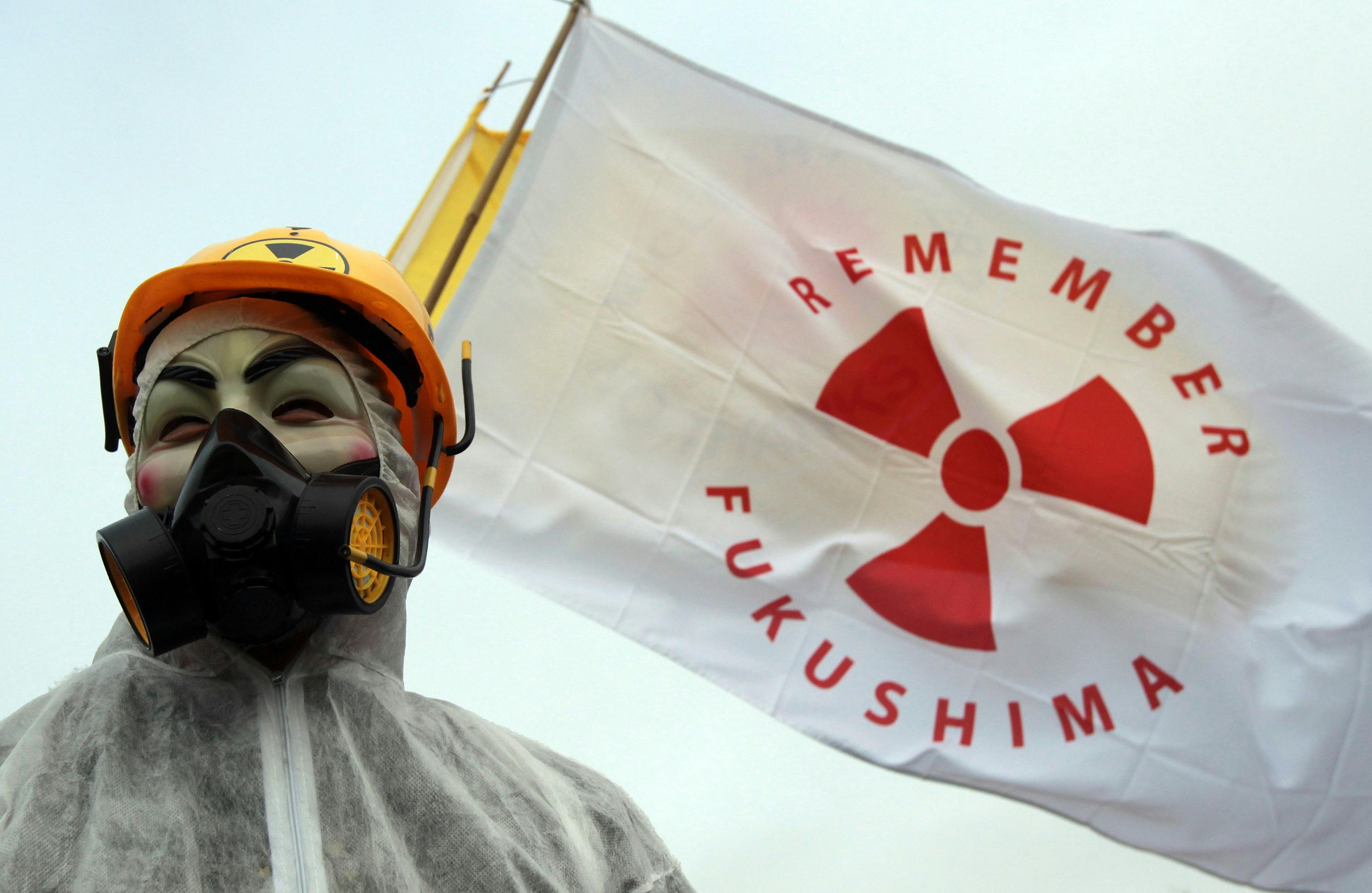

"Everyone wants to get out of the town, but the roads are terrible," said Reiko Takagi, a middle-aged woman, standing outside a taxi company. The revelation did little to reassure local people. The discovery indicates that meltdown, caused by a nuclear reaction running out of control, had affected the first reactor's fuel rods – although possibly only to a limited extent. It was confirmed that radioactive caesium, one of the elements released when overheating causes core damage, had been detected around the plant. A second, more deadly explosion – one that would have released a vast radioactive plume over the nation – seemed a real prospect until it was announced that, although the outer structure of the 40-year-old reactor building had been blown off by the blast, the actual reactor inside had not been breached. "We need more information."Ī loss of coolant inside the first of the plant's six reactors had caused a dangerous build-up of heat. "I couldn't believe it," said Seiko Sato, a teacher. When I saw smoke from the plant, I thought, 'Uh oh'," said Kato Tomiyama, a convenience store employee. You get used to living with the nuclear plants and then something like this happens. He also said radiation from the number one reactor was "low enough not to affect people's health".įor locals in Fukushima prefecture, still reeling from frequent aftershocks and clearing up after the first disaster, the prospect of another on the way in the form of nuclear meltdown was unwelcome in the extreme. "This will result in some radiation leakage, although at a level that won't affect peoples' health. The chief cabinet secretary Yukio Edano told a news briefing: "They are working on relieving pressure and pumping in water into the number three reactor. Workers in protective clothing were scanning people arriving at evacuation centres for radioactive exposure. Officials said radiation levels around the plant had breached saftey levels.

Japan's nuclear safety agency said the number of people exposed to radiation could reach 160. Japan's prime minister, Naoto Kan, declared a state of emergency at the crippled unit and at its sister plant, the Fukushima Daini, as engineers tried frantically to determine whether the reactor had gone into meltdown. Scientists had detected eight times the normal radiation levels outside the facility and 1,000 times normal levels inside the affected unit's control room.
#Japanese reactor meltdown update windows#
Residents outside the zone were urged to stay inside, close doors and windows and turn off air conditioning. Government officials revealed plans to distribute iodine tablets – a treatment for radiation poisoning – to locals while a 20km exclusion zone was set up round the plant.

It was preparing to vent steam to relieve pressure in the reactor and the government had warned of a rise in radiation during the procedure.įears of a nuclear fallout were first raised when a massive explosion rocked the Fukushima Daiichi atomic power plant following damage to the number one reactor in Friday's earthquake.Ī pall of grey-white smoke rose over the plant, operated by Tokyo Electric Power, and it was reported that four workers had been injured. It was believed the first explosion had been contained and disaster avoided.īut on Sunday the plant operator, Tokyo Electric Power (TEPCO) said radiation levels around the Fukushima Daiichi plant had risen above the safety limit and said the cooling system in the number three reactor had failed.


 0 kommentar(er)
0 kommentar(er)
